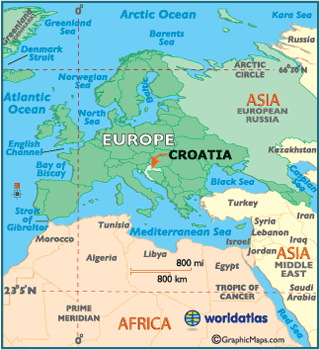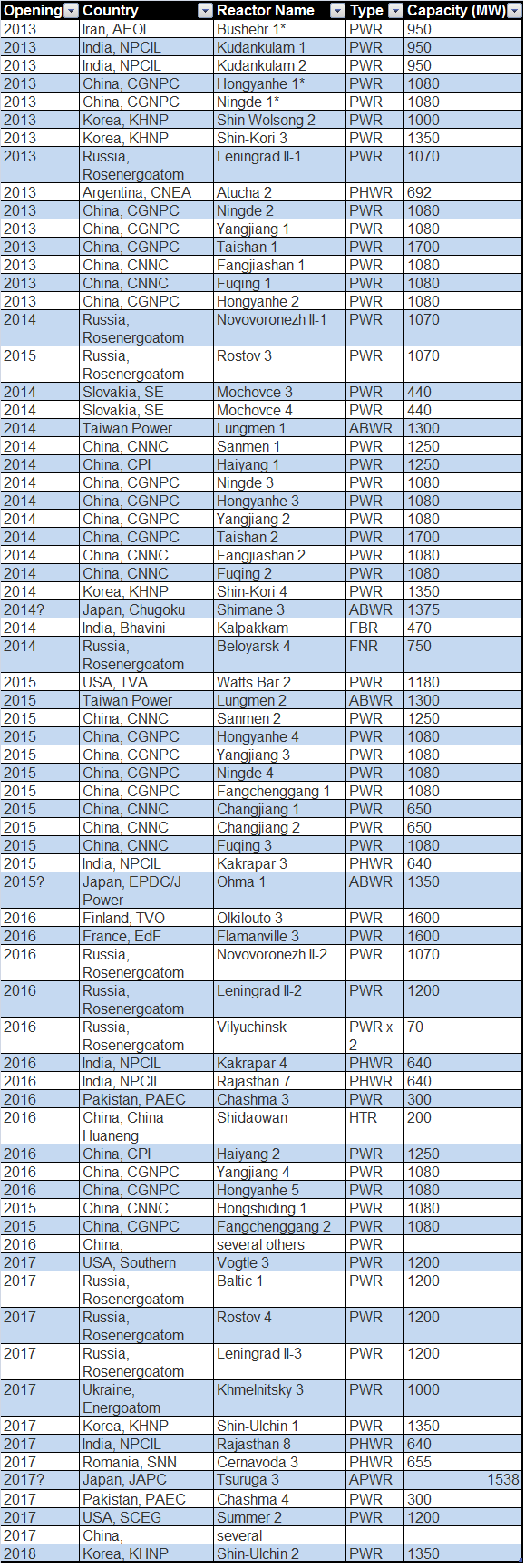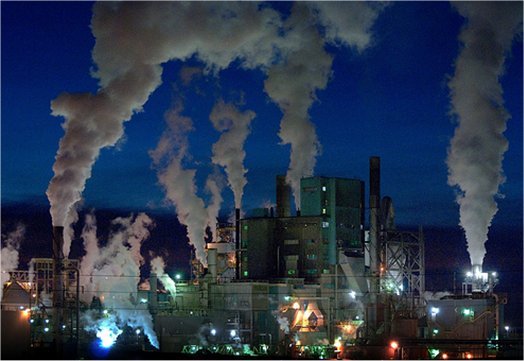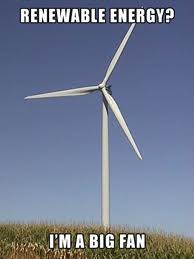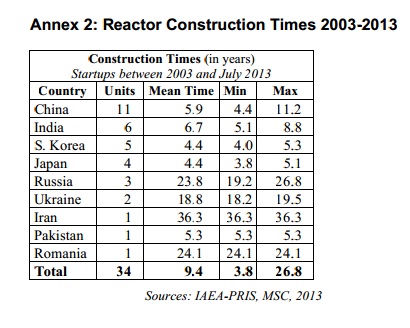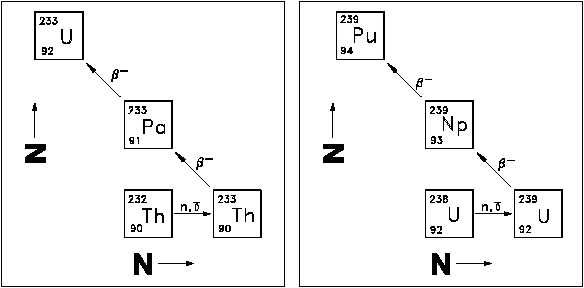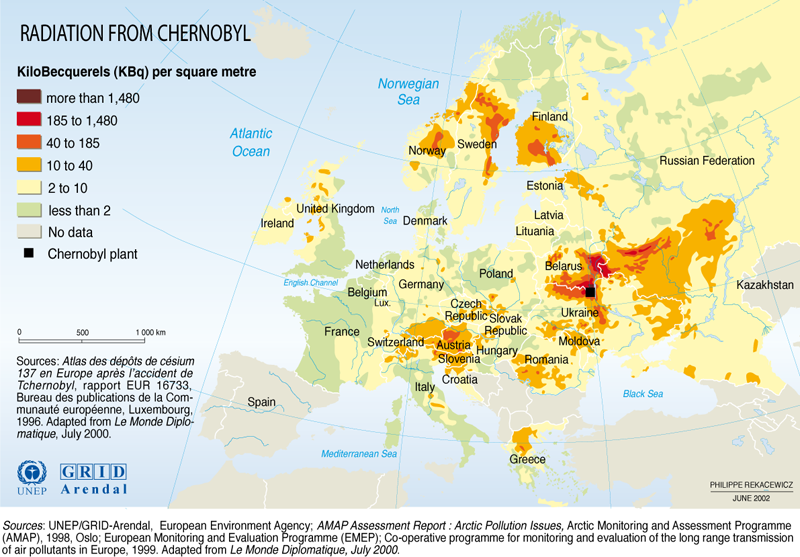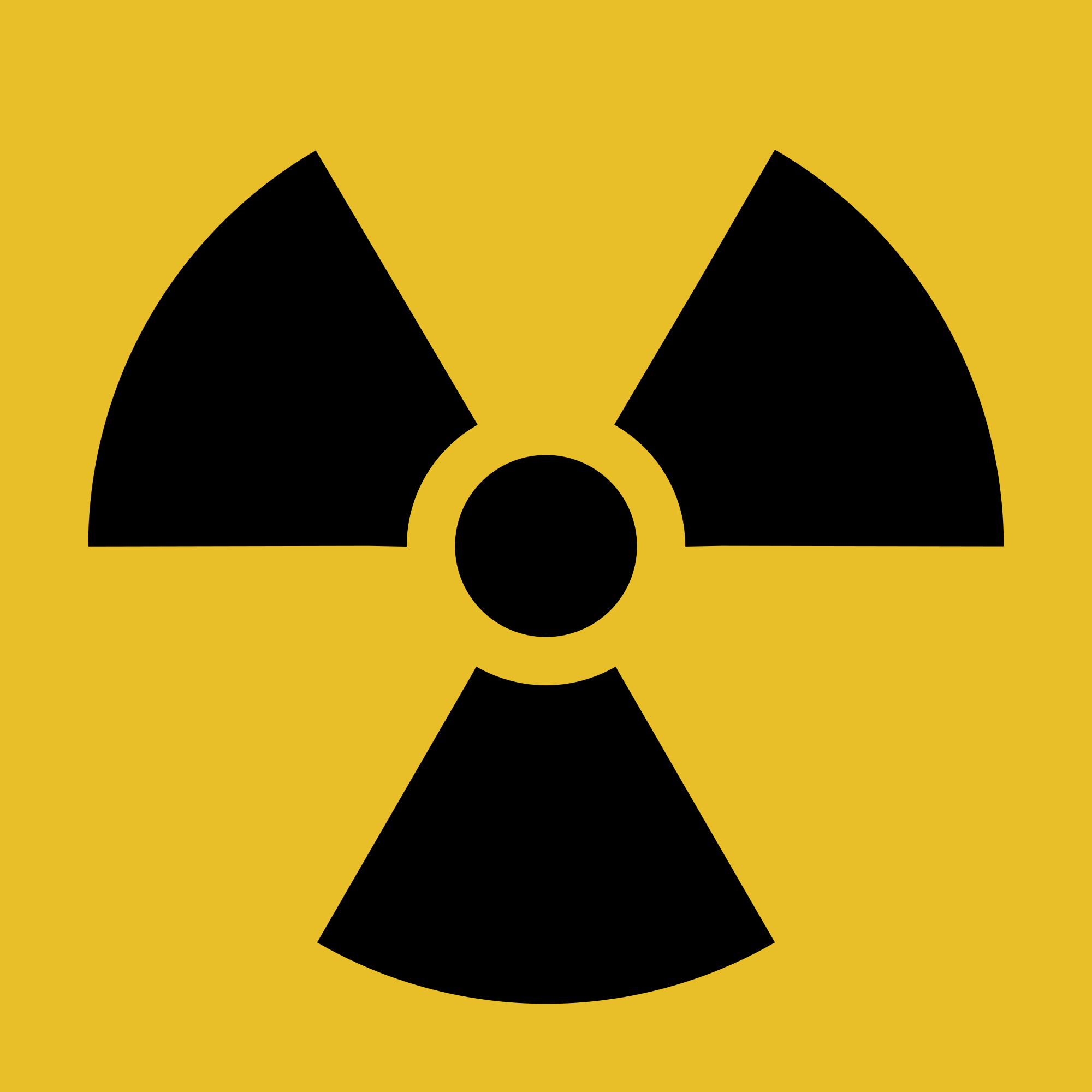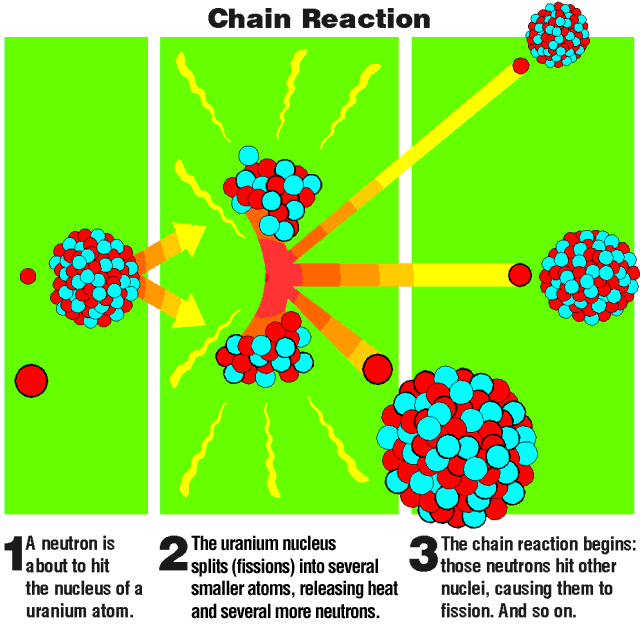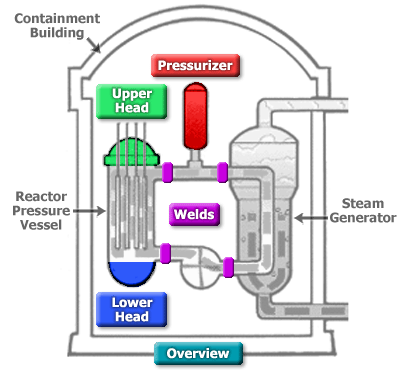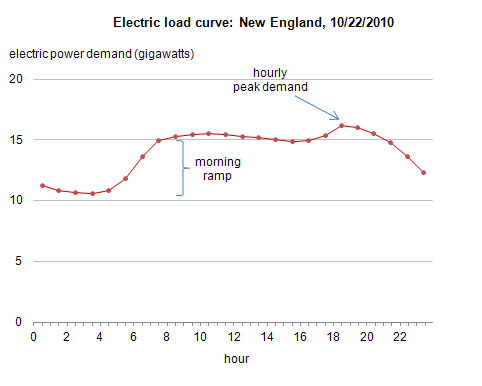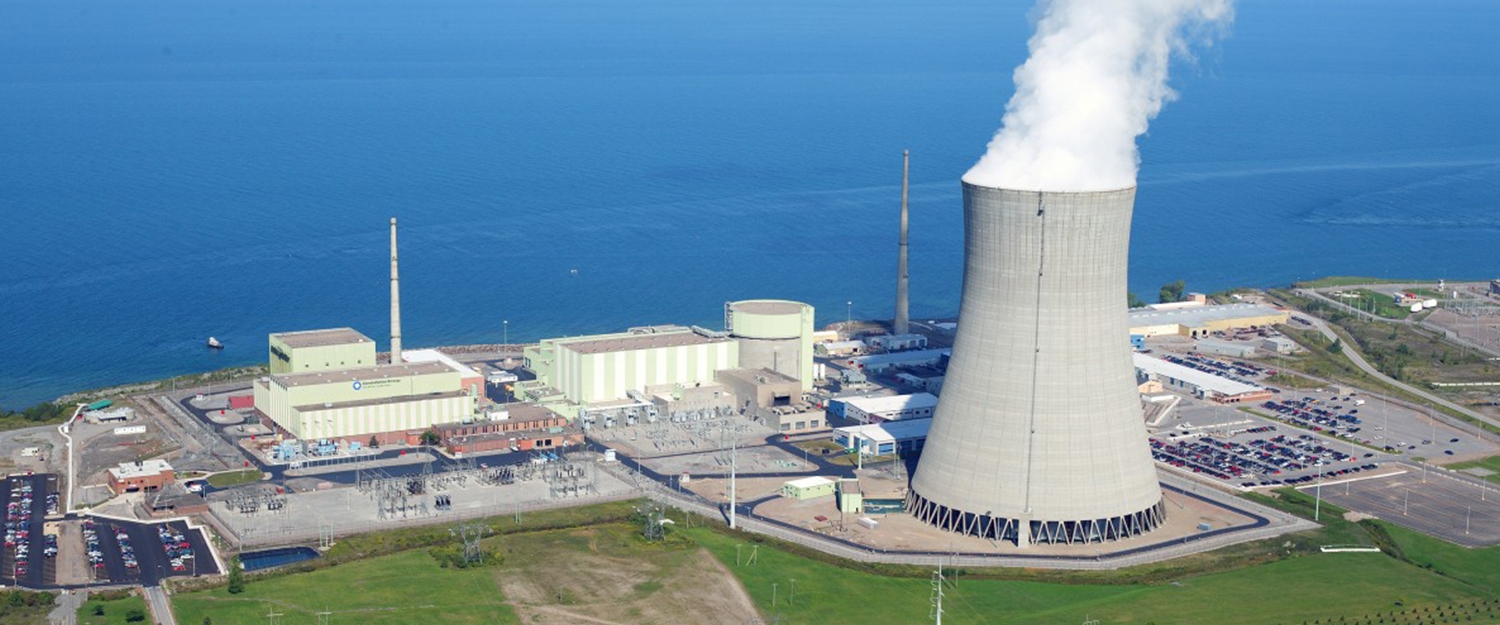While at an energy conference (ARPA-E, 2014) I found out that power plants account for 40% of water draw in the US. Simply put, they use a lot of water. The good news is that it doesn't have to be fresh water. Brayton Point, for instance, uses grey water. In other words, it uses water that came from your toilets and sinks that has been reprocessed. Others use saline water from oceans (all water in the oceans is saline, cause it is salt water).
No math this time, just review the math from my thermal power plants post.
Why do power plans needs water? Cooling purposes. The way a turbine works is that high-pressure air has to drive through it. The way this happens is water is flashed to steam. Steam takes 1600x the space at 1 atmosphere compared to water. So it creates a massive pressure differential on one side of the turbine, turning the fans, turning the turbine, and generating electricity. The steam needs to be cooled on the other side to either create the vacuum that drives the pressure differential to turn the turbine, or, if it's a close cycle and the same water is used, to cool the steam back to water. It needs to be water again, otherwise it cannot expand and drive the turbine.
Okay. That was complicated. Let's break it down further. This section if very detailed, and most of you will want to skip this paragraph. Here goes: There are two major ways to run a thermal power plant. Combined cycle, and single cycle. Combined cycle is more efficient. How? It uses several turbines to extract energy rather than a single one. Think about it this way: when you have 300 degree celcius steam coming from the coal-burning reactor, it is all steam. There is no water-phase droplets in it. This is called dry steam. It can be directed to special high-efficiency turbines that can extract a lot of energy. The steam then loses pressure and temperature, and some water droplets begin to form. If this mix of steam and water were directed at the same turbine, it would pit and tear at the turbine blades, destroying it. Two things could be done with this steam. Either it could be directed to another turbine, or it may not be reused. The second turbine will be designed differently for steam that is lower pressure and lower temperature. Having multiple turbines like this increases efficiency. Inefficient plants use only one turbine
(everyone else should join back in now) Eventually you end up with a mix of water a steam. As I said before, this has to become water again, so it can expand to steam and drive turbines. Or, if a plant is doing a once-through cycle and expanding water from a stream, it needs to dump the water back into the environment. Dumping near-boiling water into the environment is a terrible idea. That would be a bit of a disaster. So, in either case, you need a lot of water from the environment to cool the water used for the steam cycle in the plant. An alternative scenario is using evaporative cooling towers. They evaporate water, which requires heat to go into the water, which then cools other water. No matter what, cooling a plant requires a lot of water.
So here we come back to the end point. Power plants use an insane amount of water. "Ahh, but Jason," you ask, "these are just thermal power plants. I use solar power. So my plant is water-efficient!"
Not so, I say! Solar plants also use water for cooling and cleaning. And this is from NYT, an ostensibly liberal paper that likes solar. This is because major solar plants use solar thermal, rather than solar PV. Solar PV is pretty much water-free, other than for cleaning mirrors. But that electricity is too expensive to be useful at the grid scale (recall from a prior post that it costs about 3-7 cents to produce a kwh of electricity, but we buy it for 20 cents, so it makes sense for us to put solar panels on our houses at the cost of 20 cents per kwh, while it doesn't make sense for power companies to use solar panels since they mark up prices 3x to get power to us).
How does this compare to coal? In the link above, we have solar power using 1.2 billion gallons a year to produce 500mw of power. Your average coal plant produces 600 watts of power. A once-through plant draws "between 70 and 80 billion" gallons a year. But a closed-cycle plant, the one that uses the same water in the plant and only uses other water for cooling at the end of the power cycle, uses 1.7 to 4 billion gallons a year. So the efficient ones are comparable to solar in water use.
So here we have a chart showing all this:

Water use by power plant type, source
Note that you can find different graphs using different information sources, but the general point always remains: power plants use a lot of water.
Wind power, however, doesn't use water. Unfortunately, wind power is only available in a few places. How about hydro power? It passively uses water, so it doesn't really count. Great, right?
Not so fast. How much of the US power generation comes from thermal and solar sources? According to the EIA, 87%. I reproduce the info here:
In 2012, the United States generated about 4,054 billion kilowatthours of electricity. About 68% of the electricity generated was from fossil fuel (coal, natural gas, and petroleum), with 37% attributed from coal.
Energy sources and percent share of total electricity generation in 2012 were:
-
Coal 37%
-
Natural Gas 30%
-
Nuclear 19%
-
Hydropower 7%
-
Other Renewable 5%Petroleum 1%
- Biomass 1.42%
- Geothermal 0.41%
- Solar 0.11%
- Wind 3.46%
-
Other Gases < 1%
So yeah. Your power plant has a drinking problem.
thanks for reading!
- Jason Munster


